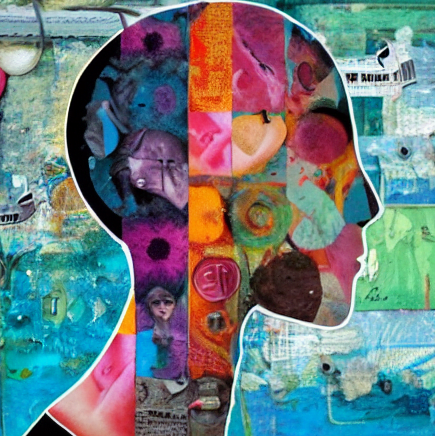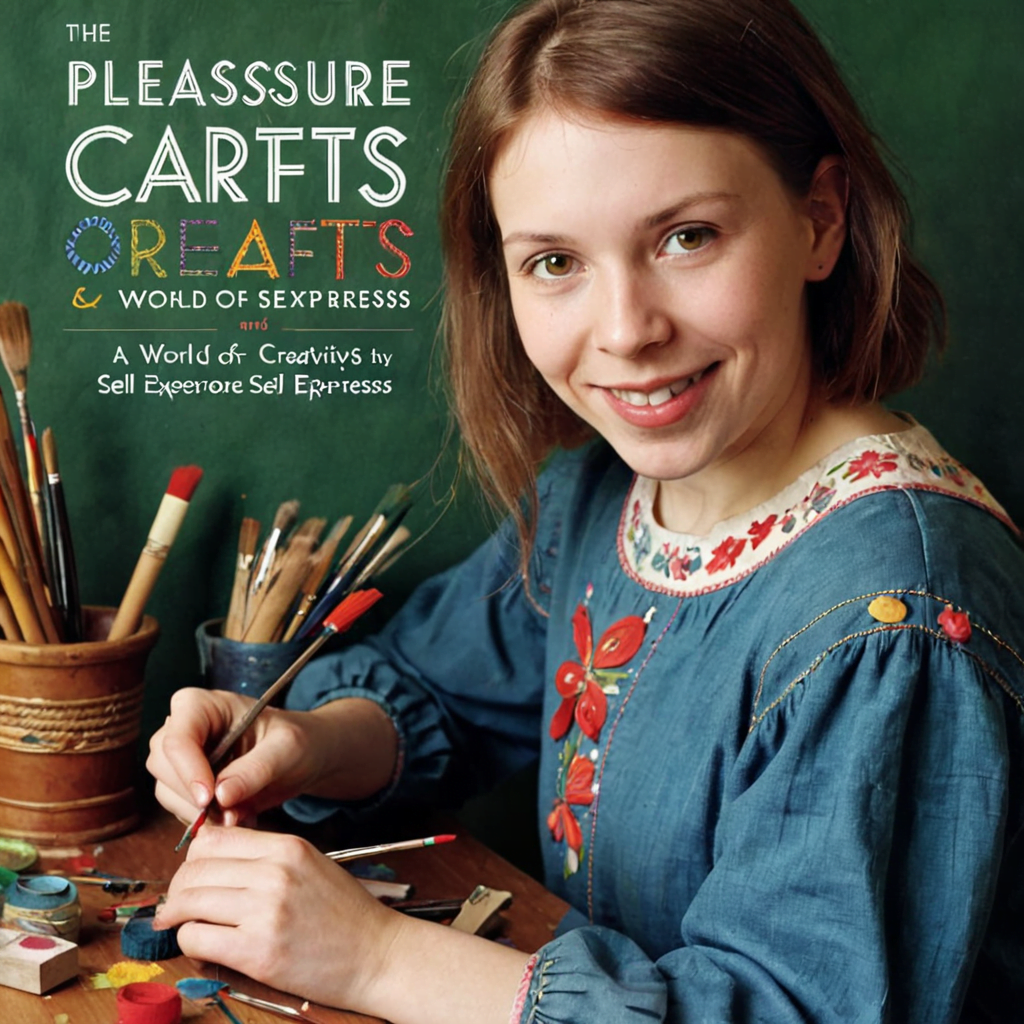Mixed media collage is an exciting and expressive art form that allows artists to combine different materials and techniques to create unique, textured, and layered artworks. In this comprehensive guide, we’ll explore the world of mixed media collages, covering various techniques, tips, and inspiration to help you get started or take your skills to the next level.
Gathering Materials

Before diving into the creative process, it’s essential to gather a variety of materials that will serve as the foundation for your collage. Some common materials used in mixed media art include:
- Paper (construction paper, watercolor paper, newspaper, magazine cutouts)
- Fabric (cotton, silk, felt, burlap)
- Found objects ( buttons, beads, sequins, lace)
- Natural elements (leaves, twigs, flowers, seeds)
- Adhesives (glue, decoupage medium, white glue)
- Paints (acrylic, watercolor, spray paint)
- Markers and colored pencils
- Scissors, cutting mats, and craft knives
Basic Collage Techniques
Now that you have your materials ready, let’s explore some basic collage techniques to get you started:
Layering
Layering is a fundamental principle in mixed media collaging. Start with a base layer of paper or fabric, then add subsequent layers using adhesives, glue, or decoupage medium. Each layer can be textured, painted, or manipulated to create visual interest and depth.
Texturing
Texturing adds dimensionality and tactility to your collage. Use materials like burlap, felt, or lace to create unique textures that invite the viewer’s touch. You can also experiment with different adhesives, like gel medium or modeling paste, to achieve distinct textures.
Cutting and Shaping

Cutting and shaping are essential skills for any mixed-media artist. Learn various cutting techniques, such as:
- Freehand cutting
- Die-cutting
- Scissor-cutting
- Stenciling
Combine these techniques with shaping and bending materials like paper or fabric to create dynamic forms and compositions.
Adhesive Application

Adhesive application is crucial in mixed media collage. Experiment with different adhesives, such as:
- White glue
- Decoupage medium
- Acrylic matte medium
- Gel medium
- Mod Podge
Learn when to use each adhesive, considering factors like the material’s texture, size, and the desired outcome.
Intermediate Techniques
Now that you have a solid foundation in basic collage techniques, it’s time to explore some intermediate methods:
Stenciling
Stenciling allows for the precise placement of materials and patterns. Use stencils or create your own using cardstock, acetate, or paper. Combine stenciling with layering, texturing, and cutting to achieve complex compositions.
Resisting
Resisting involves applying a resist medium (like wax or varnish) to protect areas from subsequent layers or adhesives. This technique helps maintain delicate details and prevents unwanted textures.
Frottage
Frottage is a unique method that involves rubbing paper or fabric over textured surfaces, like leaves or wood grain, to transfer the texture onto your collage. Experiment with different materials and pressures to achieve distinct effects.
Advanced Techniques
Ready to take your mixed media skills to the next level? Explore these advanced techniques:
Weaving and Embroidery
Weaving and embroidery add an extra layer of depth and dimensionality to your collages. Use yarn, thread, or fabric to create intricate patterns and textures that invite the viewer’s touch.
Collage on Non-Traditional Surfaces
Collages on non-traditional surfaces like wood, canvas, or even found objects (like old furniture or machinery) can add an unexpected twist to your art. Experiment with different adhesives and techniques to ensure a secure bond.
Tips and Tricks
Here are some general tips and tricks to keep in mind when working with mixed media collage:
- Start small: Don’t be afraid to begin with simple compositions and gradually build complexity.
- Experiment and take risks: Mixed media art is all about experimentation and taking calculated risks.
- Use reference images: Collect inspirational images or use your photographs as references for color, texture, and composition.
- Play with scale: Vary the size of your materials and compositions to add visual interest.
Conclusion
Mixed media collage is an ever-evolving art form that requires patience, creativity, and experimentation. By mastering basic, intermediate, and advanced techniques, you’ll be well on your way to creating unique, layered artworks that tell stories and evoke emotions. Remember to stay open-minded, take risks, and have fun – the possibilities are endless in the world of mixed media collage!


